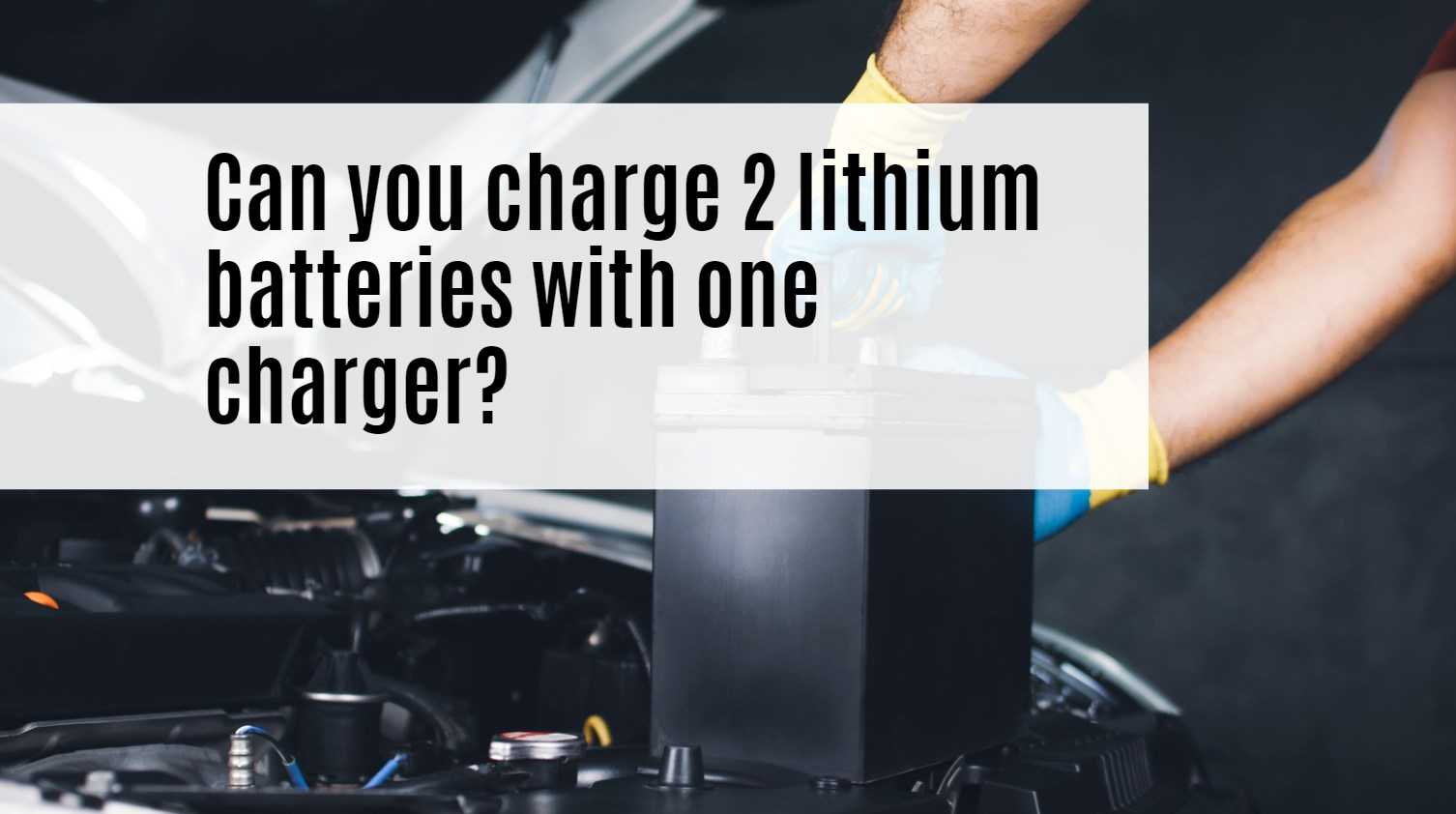Charging multiple lithium batteries with a single charger is possible, but it requires careful consideration of the battery configuration and charger specifications. Understanding how to do this safely can help prevent damage to the batteries and ensure efficient charging.
1. Charging in Parallel
When charging two lithium batteries in parallel, they must be of the same voltage and chemistry. This setup allows the batteries to share the current equally, provided they are at similar states of charge.
- Advantages:
- Simplifies the charging process by using one charger.
- Batteries will automatically balance their voltages during charging.
- Considerations:
- Ensure both batteries are at similar voltage levels before connecting them in parallel. If one battery has a significantly lower voltage, it can draw excessive current from the other, potentially causing overheating or damage.
- Using a Battery Management System (BMS) is crucial for safety, as it can prevent overcharging and monitor individual battery conditions.
2. Charging in Series
Charging two lithium batteries in series is different from parallel charging. In this configuration, the batteries are connected end-to-end, effectively doubling the voltage seen by the charger.
Wholesale lithium golf cart batteries with 10-year life? Check here.
- Advantages:
- Allows for higher voltage charging with a single charger designed for that voltage level.
- Considerations:
- The charger must be specifically designed for the total voltage of the series connection (e.g., two 12V batteries would require a 24V charger).
- Balancing is essential; if one battery becomes fully charged before the other, it can lead to overvoltage and potential damage.
3. Using Splitters or Y-Cables
Using a splitter or Y-cable to connect multiple batteries to one charger can be risky unless done correctly:
- Safety Risks:
- If batteries have different charge levels, they may attempt to equalize, leading to uncontrolled current flow between them.
- High currents could result in overheating or even fire hazards if not managed properly.
4. Recommended Practices
To safely charge two lithium batteries with one charger:
Want OEM lithium forklift batteries at wholesale prices? Check here.
- Ensure Compatibility: Both batteries should be of the same type (e.g., both lithium-ion) and have similar capacities.
- Use a BMS: A good BMS will help manage charging and discharging cycles effectively, ensuring safety.
- Monitor Voltage Levels: Before connecting batteries in parallel, check their voltages to ensure they are close enough to prevent excessive current flow.
- Avoid Mixing Batteries: Do not mix different brands or types of lithium batteries as this can lead to imbalances and safety issues.
Latest News
- Recent developments in battery management systems are improving safety protocols for charging multiple lithium batteries simultaneously.
- The rise in electric vehicle usage has led to increased interest in efficient charging solutions for multiple battery setups.
- Innovations in smart chargers are allowing users to charge multiple battery types safely without manual intervention.
Redway Expert Comment
“Charging two lithium batteries with one charger can be done effectively if proper precautions are taken. At Redway Battery, we emphasize the importance of using compatible batteries and robust management systems to ensure safe operation. As technology advances, we continue to support innovative solutions that enhance battery performance and safety.”






